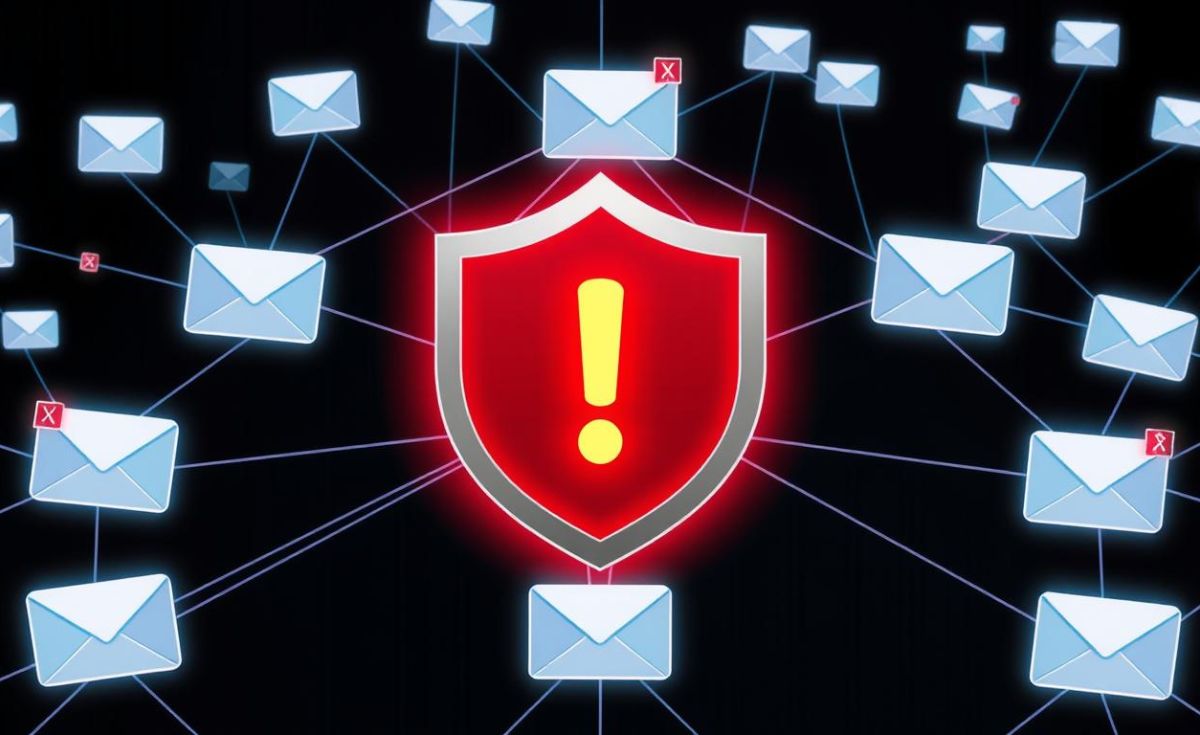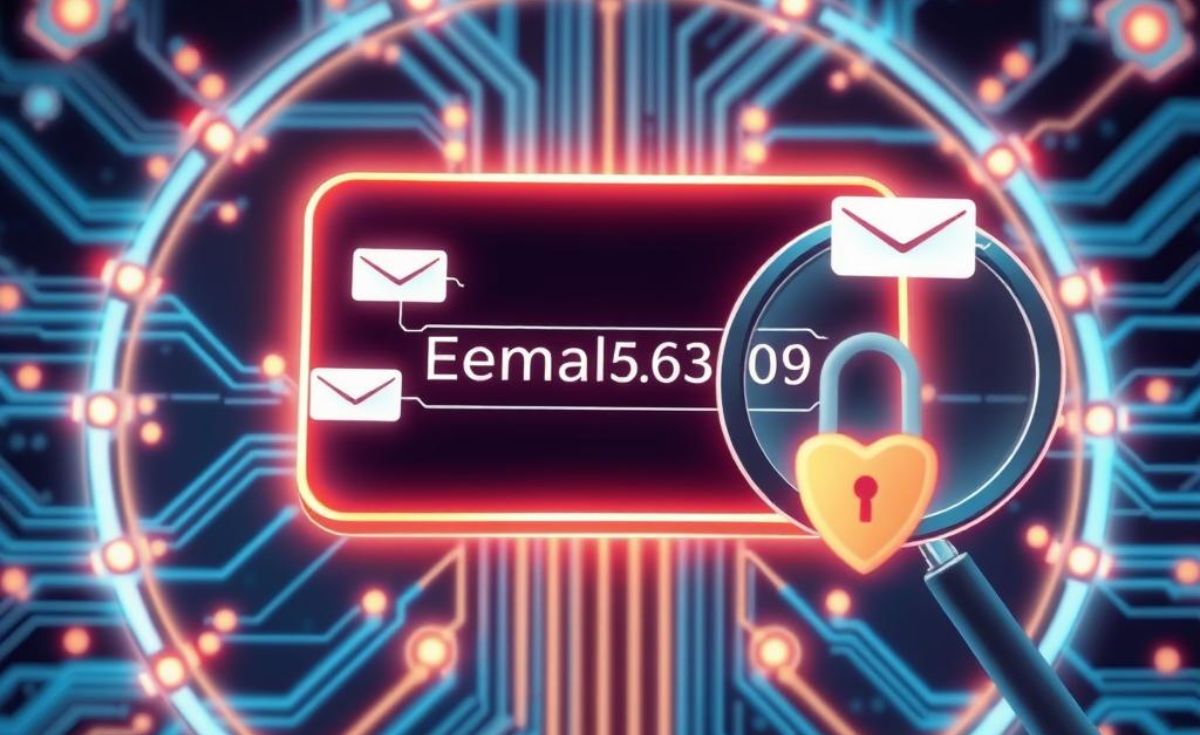This guide will show why Validate Email Domain is key. We’ll share ways to check if an email domain exists. It’s vital for secure and accurate email use. We’ll talk about the basics, different methods, and how to use them well.

Key Takeaways
- Domain validation is essential for ensuring the accuracy and security of email communication.
- Various methods are available for validating email domain existence, including DNS lookup and SMTP validation.
- Maintaining an updated email list and handling potential false positives are crucial best practices for effective domain validation.
- Proper domain validation can help prevent email deliverability issues and protect your organization from potential security risks.
- Understanding the fundamentals and best practices of domain validation can help you optimize your email communication workflows.
Understanding Domain Validation
Domain validation checks if an email is real and can send messages. It stops problems like emails not being sent and security issues. It’s key for good email marketing and talking to customers.
What is Domain Validation?
Domain validation checks if an email’s domain is real. It looks at the part after the “@” symbol. This stops wrong domains and helps messages get to the right place.
Importance of Validating Email Domains
Checking email domains has many benefits:
- It makes sure emails get to the right people, cutting down on failed sends.
- It keeps your email list clean, making sure you’re talking to real people.
- It helps stop fake emails that might trick people, keeping everyone safe.
- It makes your email marketing better, knowing your messages are seen by the right people.
By focusing on domain validation, you can send emails better, keep your list clean, and stay safe. This makes your email plans work better.
Domain Validation Validate email domain existence
Checking if an email domain exists is key to keeping our emails safe. It helps spot mistakes in email addresses before we send them. This makes sure our emails get to the right people and keeps our messages secure.
The validating email domain existence process checks if the domain part of an email is real. We’ll look at how to do this in the next parts.
Having a good email list is important for talking to people and marketing. Email domain validation helps make sure our emails are sent to the right people. It also keeps our messages from being seen as spam.
“Effective email domain validation is the cornerstone of successful email outreach and communication.”
We’ll explore why email domain validation is so important next. We’ll also talk about how to do it and keep your email list in top shape.
Methods for Validating Email Domains
There are a few ways to check if an email domain exists. We’ll look at two main methods: DNS lookup and SMTP validation.
DNS Lookup
DNS lookup checks the Domain Name System (DNS) for the email domain. It sees if the domain is active and set up for emails. This method is great for finding bad or fake domains.
SMTP Validation
SMTP validation connects directly to the mail server. It sends a test message to check the email address. This gives a detailed look at the domain’s email setup.
Both email domain validation methods have their benefits. Choosing between DNS lookup and SMTP validation depends on what you need. Knowing these methods helps us make sure our emails get through.

Common Challenges in Domain Validation
Domain validation is key but faces many challenges. We’ll look at common issues like false positives, old email lists, and modern email systems. Knowing these problems helps us handle domain validation better.
One big challenge is false positives. This is when a system says an email domain is good when it’s not. Reasons include old DNS records or temporary email services. It’s vital to have strong validation to avoid this.
Keeping your email list up-to-date is another hurdle. People change email addresses, making your list old. A current list is key for good domain validation and avoiding delivery problems.
Modern email systems add to the challenge. Cloud services, virtual hosting, and subdomains make old methods less effective. We need new, smart ways to validate domains accurately.
| Challenge | Description |
|---|---|
| False Positives | Incorrectly identifying an email domain as valid, leading to inaccurate data and potential delivery issues. |
| Outdated Email Lists | Email domains and addresses can change over time, making it challenging to maintain a current and accurate email list. |
| Complex Email Infrastructure | The rise of cloud-based email services, virtual hosting, and subdomains can complicate traditional domain validation methods. |
By knowing these common challenges, we can find better ways to solve them. This ensures our email marketing is accurate and reliable.

Best Practices for Effective Domain Validation
To make your domain validation work better, we’ll share some top tips. These include keeping your email list fresh, checking your contacts often, and dealing with false positives. By following these steps, you’ll make your domain validation more accurate and reliable.
Maintaining an Updated Email List
Keeping your email list current is key for good domain validation. Check your contacts regularly, remove bad ones, and keep your list up-to-date. This will boost your domain validation success and improve your email marketing.
Handling Potential False Positives
Even with careful planning, false positives can happen. These are when a domain looks valid but isn’t. To fix this, create a strong system to check and confirm any tricky domains. You might need extra SMTP tests, manual checks, or special tools to be sure.
FAQ
What is domain validation?
Domain validation checks if an email domain is real. It makes sure the email address is correct and not fake.
Why is it important to validate email domains?
It’s key to keep your emails safe and reliable. It stops bad emails from getting sent and keeps your messages secure.
What are the methods for validating email domains?
There are two ways to check email domains. You can use DNS lookup or SMTP validation. DNS checks the domain’s existence. SMTP connects to the mail server to confirm the email.
What are some common challenges in domain validation?
Some big challenges are false positives and old email lists. Also, modern email systems can be tricky. Knowing these helps you do better in domain validation.
What are the best practices for effective domain validation?
To do well in domain validation, keep your email list current. Also, check your contacts often. And have plans for false positives. These steps make your domain validation better.






